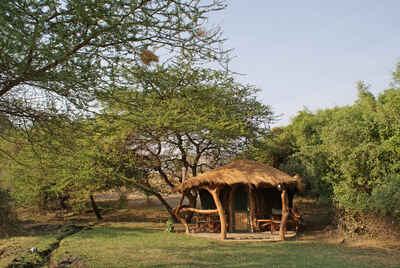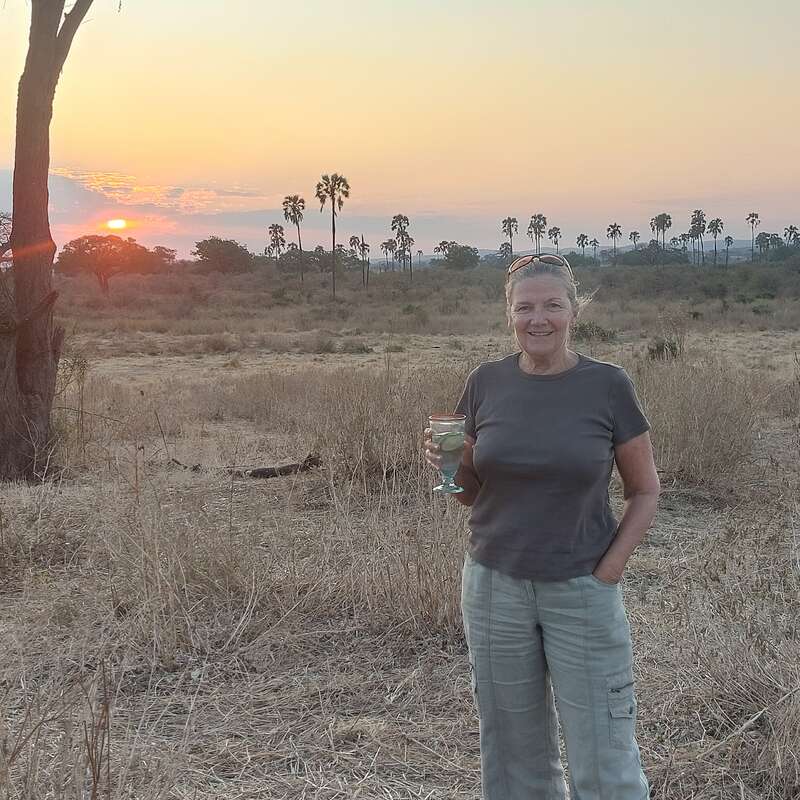About Moivaro Lake Natron Tented Camp
Moivaro Lake Natron Tented Camp is often also called 'Lake Natron Tented Camp', and sometimes known as 'Lake ...
... Natron Moivaro Camp' but should not be confused with the nearby Lake Natron Camp. It sits at the foot of the Great Rift Valley and only a few kilometers away from Lake Natron itself.
Moivaro Lake Natron Tented Camp is a simple camp, and though the service is friendly it isn't hugely efficient. The real draw to this camp is its location – in an area that is blisteringly hot throughout the year, the shade offered by the trees is very welcome.
Visiting in mid-2008, we felt that the entire camp could do with upgrading as it all looks quite tired, but it is comfortable enough for a few nights and a good base to explore the area.
Our view
Moivaro Lake Natron Tented Camp is a simple camp, and though the service is friendly it isn't hugely efficient. The real draw to this camp is its location – in an area that is blisteringly hot throughout the year, the shade offered by the trees is very welcome.
Visiting in mid-2008, we felt that the entire camp could do with upgrading as it all looks quite tired, but it is comfortable enough for a few nights and a good base to explore the area.
Accommodation
9 tents
Children
No age restrictions.
Open
All year
Activities

Private activities
Traveller reviews of Moivaro Lake Natron Tented Camp
1 real, un-edited reviews from Expert Africa's travellers.
Arrived 20 Aug 2016, 2 nights
"MOivaro Lake Natron Tented Camp"
Overall rating: Excellent
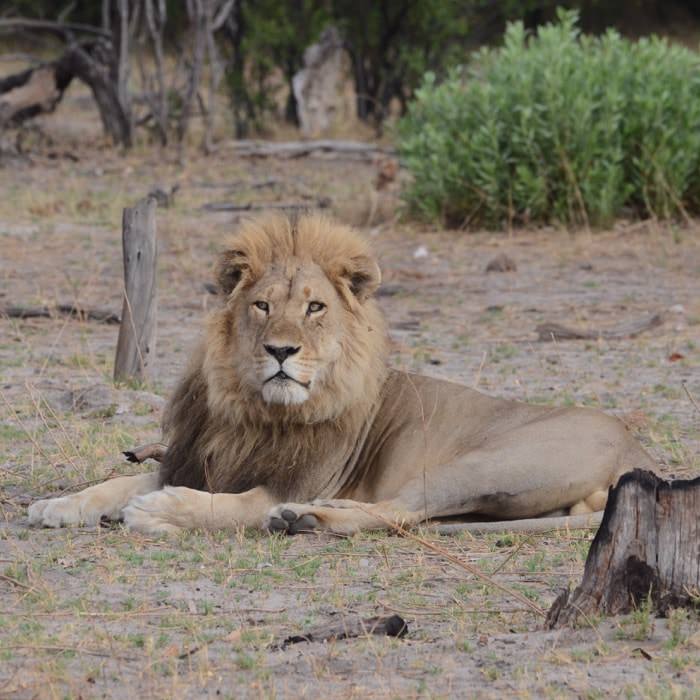
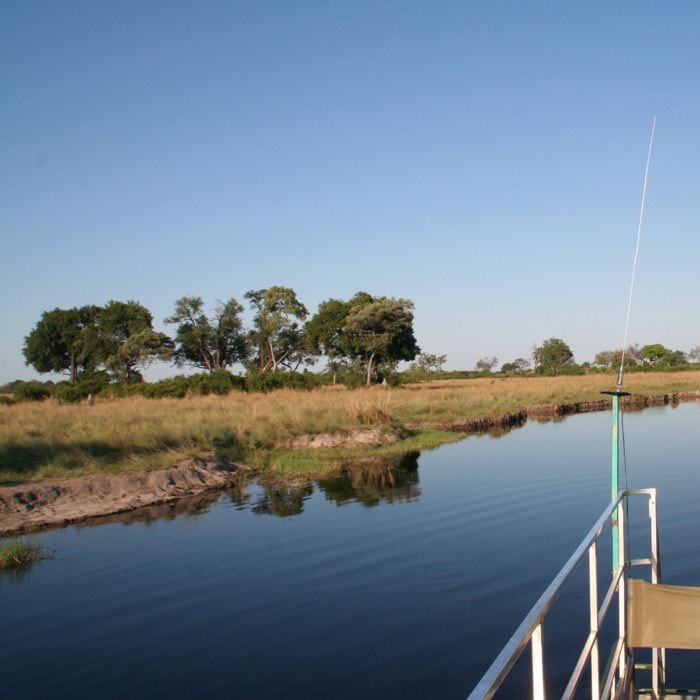
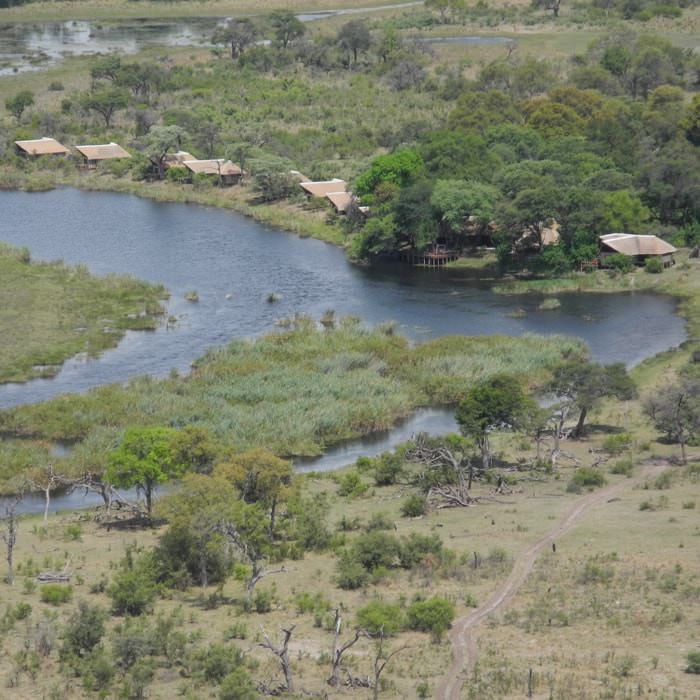
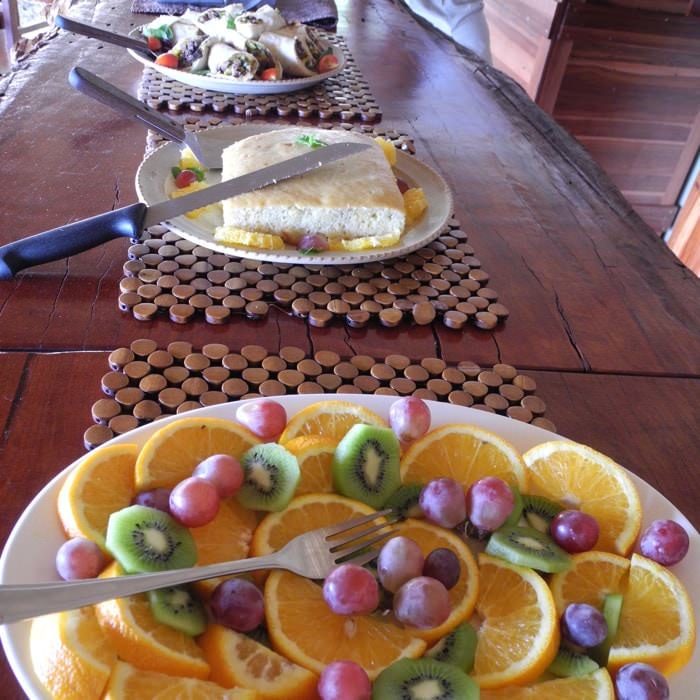
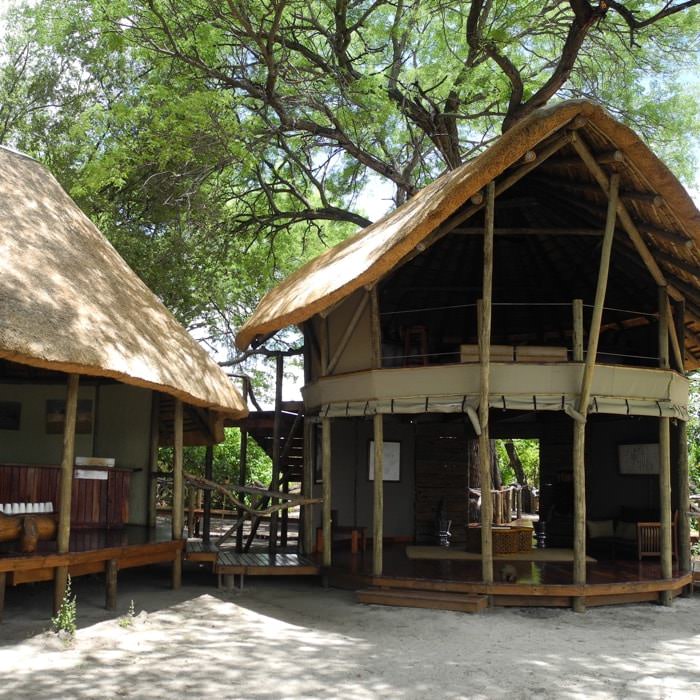
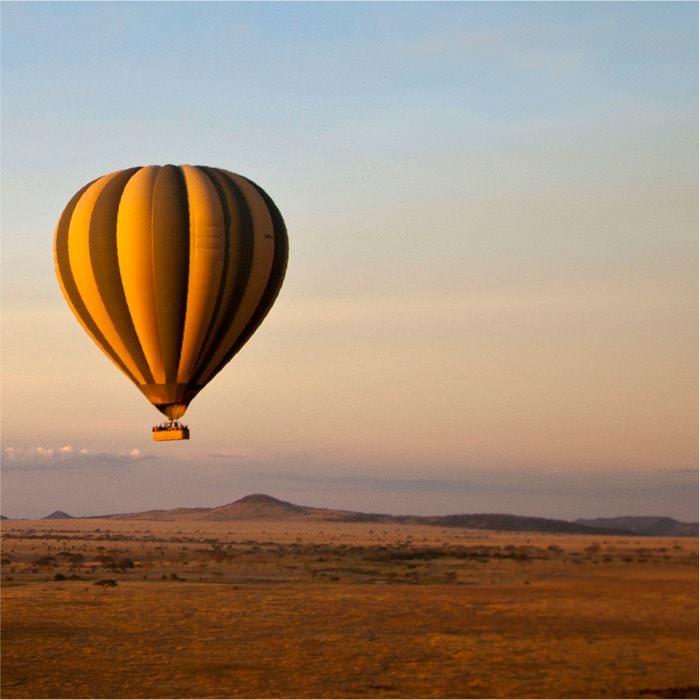
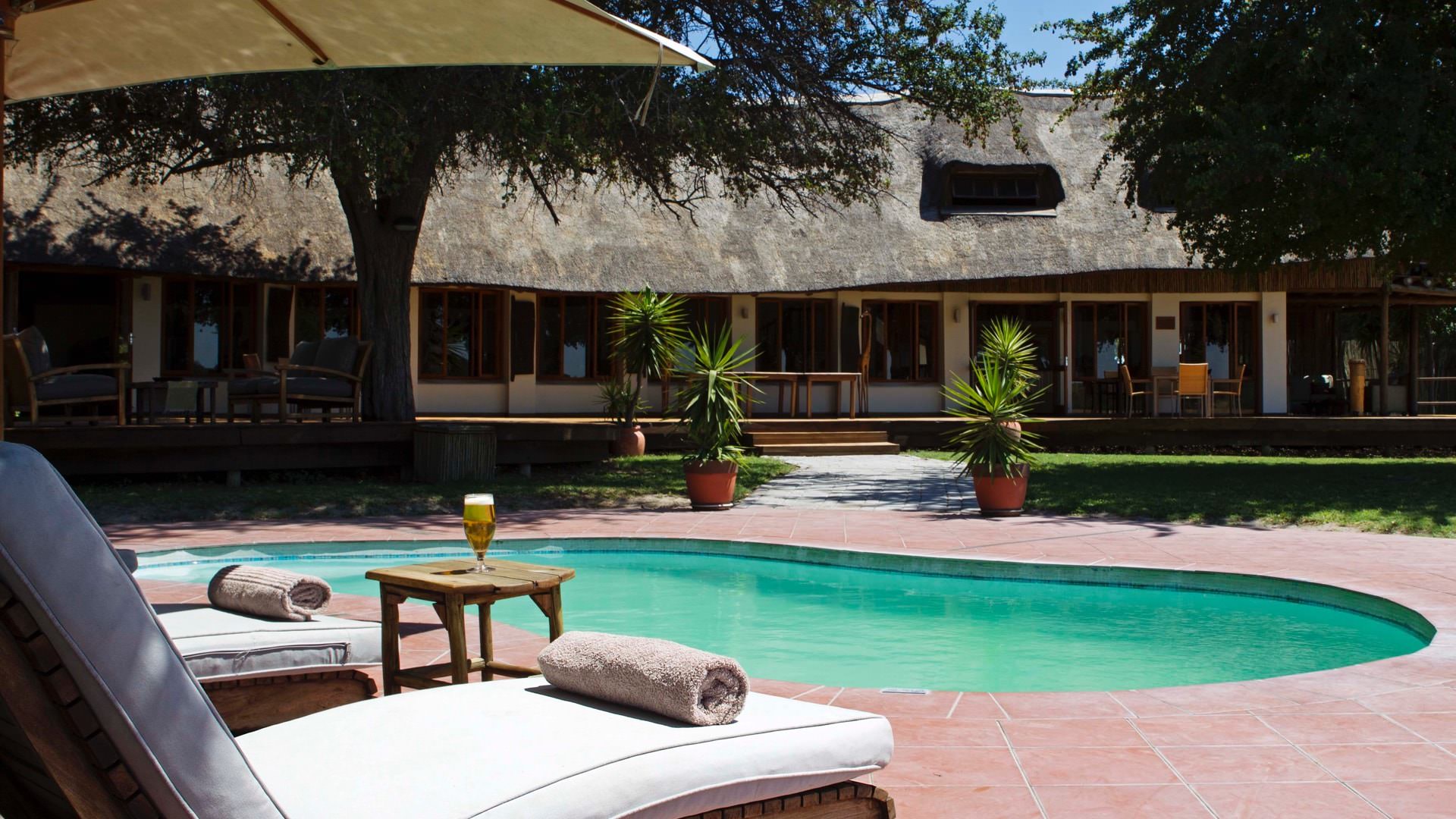
Expert Africa's gallery
When we travel we take lots of photos ourselves to give you a real and un-edited view of the safaris. See our 18 pictures of Moivaro Natron Tented to get the candid view.
View galleryMoivaro Lake Natron Tented Camp: Our full report
Moivaro Lake Natron Tented Camp is often also called 'Lake Natron Tented Camp', and sometimes known as 'Lake ...
... Natron Moivaro Camp' but should not be confused with the nearby Lake Natron Camp. It sits at the foot of the Great Rift Valley and only a few kilometers away from Lake Natron itself.
Lake Natron Tented Camp has been carefully sited in a grove of acacia trees which provide the rare treat of shade in this arid landscape. This makes the camp feel like an oasis of cool amidst the surrounding dust and heat. Add to that some lovely views across Lake Natron and to the surrounding hills and the active volcano, Oldoinyo Lengai. It's a lovely spot.
This Moivaro Tented Camp sits on land owned by the local Engero Sero village – and a percentage of the cost of your room goes directly into a fund for schools and other community projects. The camp also makes a concerted effort to employ as many of its staff as possible from the local area. The result is an atmosphere which is welcoming and friendly – you do feel like you are contributing something by staying here.
Moivaro Lake Natron Tented Camp is a simple camp, and makes no pretences to be otherwise. Though it is also comfortable – no mean feat in this dry and dusty area.
Sandy paths run through the camp between the tents and the main areas. A gardener waters these paths and the green gardens frequently to help keep dust levels down. This struck us when we first visited, and we immediately asked the camp's manager about the sustainability of this use of water in such an arid place. He replied that that although water seems scarce in this area, Lake Natron is surrounded by mountains – from which the water flows in various permanent natural springs. Lake Natron Camp's water supply is piped by them from one of these springs, about 1.5km away, and he assured us that it has no negative impacts on the local supply.
The central bar and restaurant area is an open-sided stone and thatch banda (traditional-style building) with a high thatch roof and polished stone floor. The room is simply decorated and furnished – with wooden tables and chairs set with white table cloths. To one side is a wooden bar, stocked with a simple variety of beers, wines and spirits. In front of the banda are a number of directors' chairs and a fire place. In the evenings this is a lovely place to sit and on clear evenings the stars are fantastic.
The nine rustic canvas tents at Lake Natron Camp are gradually being upgraded, and so when we saw them in 2008, their standards were variable. However all share similar features and ultimately the same style. They are relatively spacious, with stone floors and a solid wooden door. The small outdoor veranda acts as a lounge, with two directors' chairs and a table.
Inside each tent has a comfortable four-poster bed with a huge, wooden frame. Mosquito nets hang from these frames, and there's a table with a can of mosquito spray and two candles. The tent has one main overhead light, but no bedside lights, and there are two luggage shelves for your bags. These tent don't have fans, so can get quite hot, especially in the warmer months of November through to March.
At the back of each tent, through a curtain, is the en-suite bathroom. The décor here is quite garish but the bathroom is perfectly functional. It is open-planned and has flush-toilet, a washbasin and a cold shower. No toiletries are provided except for a few small bars of Lux soap.
The activities from Moivaro Lake Natron Tented Camp focus mainly on seeing the landscape. Lovely walks out to the shores of the lake can be arranged – from here you can look back at Oldoinyo Lengai and the views are spectacular. You can also arrange to walk to the Engero Sero Falls and back – which takes around three hours. Your Maasai guide takes you up through a valley, beside a stream, and at the top is a small waterfall with a lovely natural pool for swimming.
You might also want to visit the local village, where you can spend half or a full day learning about traditional Maasai life, including seeing into a traditional home.
Activities
Private activities
Families & children
- Attitude towards children
- Moivaro Lake Natron Tented Camp welcomes children of all ages.
- Property’s age restrictions
- There are no age restrictions here.
- Equipment
- There are high chairs and cots available.
- Generally recommended for children
- We'd happily recommend Moivaro Lake Natron Tented Camp for older children, perhaps over about 10-12 years old, if passing through as part of a much longer safari.
- Notes
- Lake Natron is very hot and arid spot – younger children might find the conditions too harsh for their comfort.
Food & drink
- Usual board basis
- Full Board & Activities
- Food quality
- When we last visited, in July 2008, the food at Moivaro Lake Natron Tented Camp was simple but perfectly adequate. Although we found the food to be overcooked generally, it was relatively tasty and in this remote environment we wouldn't have expected much more. The food was always served to the table.
Breakfast consisted of fruit, toast and the eggs of your choice. There is a tea and coffee station which you can help yourself to as well as fruit juice on the tables.
Lunch is a two course meal; when we were there we had a beef-burger and chips with a cabbage and onion salad, followed by fruit salad and custard.
For dinner we had three courses. The first course was a spicy tomato soup, followed by beef stew and vegetables. The stew was very tasty even though the beef was a quite tough. Desert was then a chocolate mousse.
This is a simple camp in a remote location and the food reflects this, but it is adequate and hearty enough to provide fuel for all the walking you will do during your stay. - Dining style
- Individual Tables
- Dining locations
- Indoor Dining
- Further dining info, including room service
- There is no room service.
- Drinks included
- Drinks are not included, when we were last at Moivaro Lake Natron Camp, in June 2008, it was $3 for a beer and $2 for a soft drink.
Getting there
- Location
- Lake Natron, Tanzania
- Ideal length of stay
- Stay here two nights to have enough time to do a walk out to the shores of Lake Natron and up to the Engero Sero Falls. If you wanted to climb Oldoinyo Lengai as well then you would need three nights at Moivaro Lake Natron Tented Camp.
- Directions
- The only way to reach Lake Natron is to drive – there is no airstrip here. The drive takes around 3½ hours from the turn off near Lake Manyara. Form Arusha the drive would take around 5 hours.
- Accessible by
- Fly-and-Transfer
Special interests
- Photography safaris
- The scenery here is spectacular; volcanic mountains shoot straight up from flat plains, whilst in the middle glistens Lake Natron. Get up early for some fantastic shots. Also a great location for photographing traditional Maasai, though expect to pay for the privilege.
- See ideas for Photography safaris in Tanzania
Communications
- Communications
- Moivaro Lake Natron Tented Camp have internet access - 15 minutes on the costs $5.
- TV & radio
- There is no TV or radio here.
Health & safety
- Malarial protection recommended
- Yes
- Medical care
- There is a small dispensary in the nearby village and a basic first aid kit on site. There is a nearby airstrip for flying doctors but the nearest doctor is at Mto wa Mbu which is a 3½ hour drive away.
- Dangerous animals
- Moderate Risk
- Security measures
- Askaris are around the property at night
- Fire safety
- There are no fire extinguishers here, but there is a good water supply and hoses that can reach all corners of the lodge.
Useful info
- Disabled access
- Not Possible
- Laundry facilities
- Full Laundry Service - Extra Charge
- Money
- There are no currency exchange facilities here.
- Accepted payment on location
- Moivaro Lake Natron Tented Camp can accept cash in US dollars, Dollars, Euros and Tanzanian shillings.
They can also accept travellers' cheques, however there is a 10% charge for this.
Plan and book your trip with Expert Africa
All of our trips are tailor-made, so we'll always adapt them to suit you. Talk to an Expert and let us plan and arrange your perfect trip.

Talk to an Expert
Call or email us now! We’ll match you with the Specialist in our team who is best suited to help you. Then together we can start planning your trip.

Set up your itinerary
Based on our experience and your ideas, your specialist will create a detailed, costed itinerary. We’ll refine it together, until we have a trip that you’re perfectly happy with.

Prepare for your trip
The same Specialist will make the seamless arrangements for your trip, send you detailed travel documents, and be available to answer any questions before you depart.

Travel with peace of mind
After you set off, you’ll be cared for by our partners in Africa, most of whom have worked with Expert Africa for decades. And if you ever need us urgently, we’re available 24/7.

When you return
We love to learn about your trip, and so will always be grateful if you’ve the time to give feedback to your Specialist when you return.
Moivaro Lake Natron Tented Camp's location
Look closer at the environment and surroundings of Moivaro Natron Tented.
Other lodges in Lake Natron
Alternative places to stay in this same area.
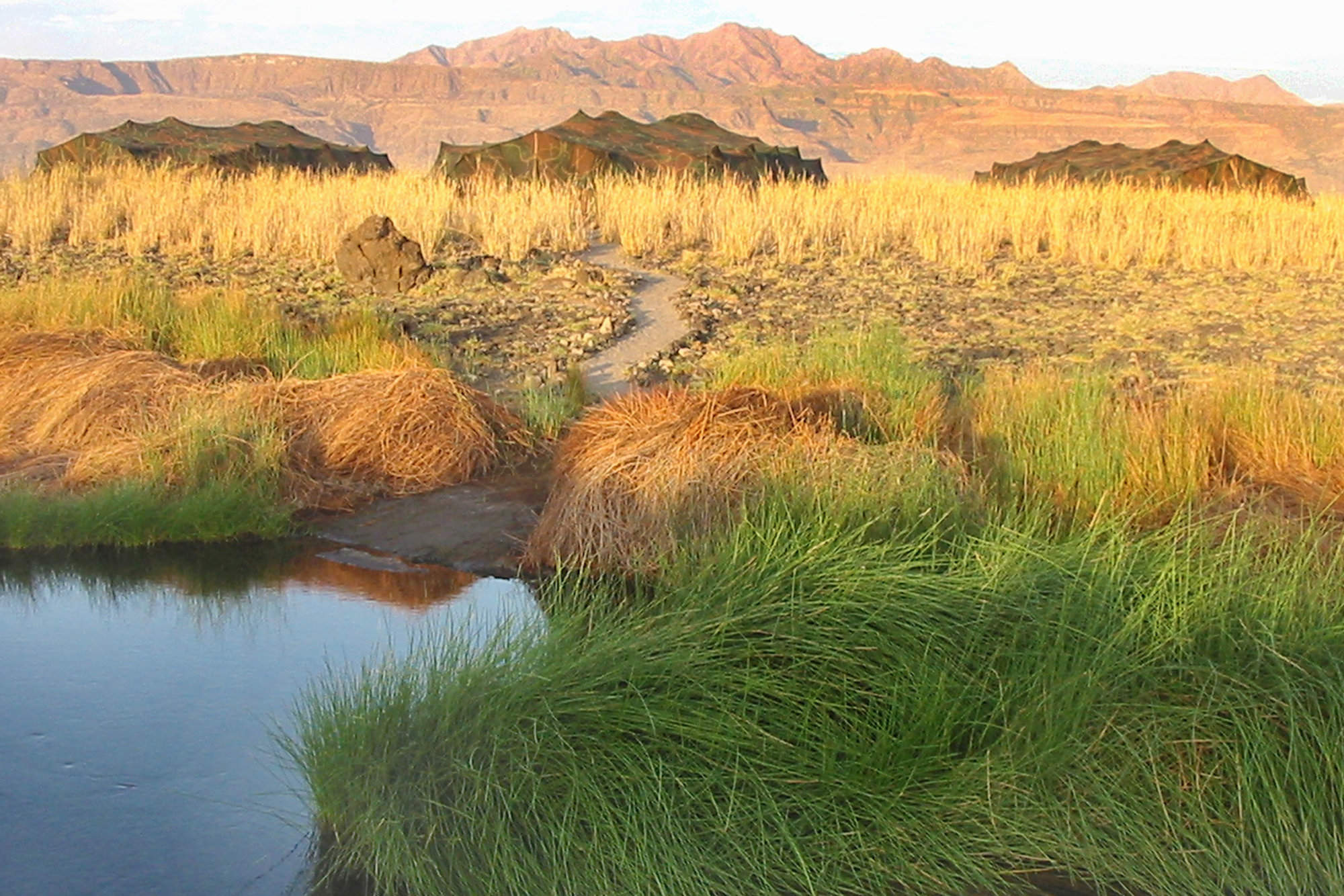
Lake Natron Camp
This is a simple, unusual camp, situated in the grassy flats at the edge of Lake Natron.
When to go to Lake Natron
Our month by month guide: What it's like to visit Moivaro Natron Tented in Lake Natron
Jan
Feb
Mar
Apr
May
Jun
Jul
Aug
Sep
Oct
Nov
Dec
Tanzania in January
January usually marks the start of the short dry season, although the exact timings of this are a little unpredictable. You can expect clear blue skies and sunshine, if the short rains have stopped, and the temperatures will be building. The short dry season is a little less pronounced in Southern Tanzania, and so it can still be wet in these areas. It is an interesting time for avians as resident birds go into breeding plumage and migrant species can be present.
Once the New Year busy period has quietened down, January can offer great value and quieter parks, although the weather can be variable, and in the Selous and Ruaha the wildlife is more dispersed.
- Variable weather: clear & dry or cloudy with some rain.
- Occasional thunderstorms may occur.
- A good time of year for birding as and many migrant species are around
- The wildebeest migration is gathering in the southern Serengeti.
- Busy in early January, quietening down through the month.
Our view
A good time to visit, with pros & cons
Weather in January
Tanzania in February
February is during the short dry season and is one of the hottest months in Tanzania, with temperatures reaching around 33°Celsius. This can be a good time to visit, as some areas of the Northern Circuit are comparatively quieter than during the European summer months, and lodge rates are also a little lower.
The wildebeest will typically be on the southern plains of the Serengeti for their calving season, which tends to occur in a 2-3 week window in early-mid February – although this does vary year on year. This is also a particularly rewarding time for birdlife, as northern hemisphere migrants join the resident species.
- Hot and dry weather.
- Wildebeest migration calving on Serengeti’s southern plains.
- Ngorongoro Crater and southern Serengeti busy for the migration.
- Selous and Ruaha are typically quiet at this time.
- The parks are likely to be lush and green, leading to pretty landscape
Our view
A very good time to visit
Weather in February
Tanzania in March
The heavier ‘long rains’ start in earnest in March although exactly when varies year on year. With no need to stay close to permanent water sources, migratory wildlife disperses, and so game viewing starts to become more challenging. This is most prominently seen in Tarangire National Park. The wildebeest migration may still be calving, or have moved on into the central regions of the Serengeti.
Many of the camps in the southern parks close mid March and mobile tented camps in the Serengeti will wind down towards the end of the month in order to move location or carry out refurbishments, ready for the new tourist season.
- Hot with building humidity, before the rains begin at some point.
- Wildlife viewing is variable depending on the start of the rains.
- Parks are quiet and rates are low.
- Not great for southern or western Tanzania.
- March can be a good time for birding, with many migrant species.
Our view
A good time to visit, with pros & cons
Weather in March
Tanzania in April
April is in the middle of the long rainy season and is the wettest month, with on average 250mm of rain. Temperatures are fairly high and humid in comparison to the rest of the year. Expect the bush to be lush and flowering, and alive with insects, birds and smaller animals. It is however also dense, allowing wildlife to hide, which in turn makes game viewing harder. This is a very quiet time in terms of visitor numbers.
Many of the tented camps are closed in April, however the larger lodges remain open. The rates are significantly cheaper, and so if you are willing to work harder to spot the bigger game, some accommodation bargains can be had.
- Heavy rain expected, with impressive thunderstorms and lightning.
- Many camps closed and roads impassable due to ground conditions.
- Rates are at their lowest all year round, with very few other tourists
- Places that are open are green and vibrant, wildlife more dispersed.
Our view
This is not a great time to visit
Weather in April
Tanzania in May
As Tanzania is close to the equator there is no dramatic difference in climate throughout the year, but temperatures do start to drop a little in May. The rains are likely to still be present, although potentially clearing towards the end of the month. Visitor numbers and lodge rates are still low. The wildebeest migration is making its way through the western regions of the Serengeti, crossing the Grumeti River.
Virtually all camps in southern Tanzania remain closed, and many of the roads and tracks in the Selous become impassable.
- Heavy rains and storms are likely, this can create some dramatic skies
- Blissfully quiet in northern Tanzania, and a good time to avoid crowds
- The parks are likely to look lush and green, with long grass.
- Wildlife is likely to be more dispersed, with fewer sightings.
- The low prices make safaris much more affordable at this time.
Our view
This is not a great time to visit
Weather in May
Tanzania in June
The rains come to an end at some point during the month and migratory wildlife begins to be drawn back to perennial water sources as the land starts to dry up. It’s likely that the parks will still be quite green and the grass high though, so walking and fly-camping may be unlikely. This marks the start of the season with camps reopening, but prices are still more affordable than the subsequent months.
The migration may still be in the Western Corridor, or on the move northwards towards the Mara River. Western Tanzania presents more challenging conditions for chimpanzee trekking in Mahale National Park, as the chimps are higher in the mountains.
- Variable weather: clear & dry or cloudy with some rain.
- A transitory time for the migration – moving from west to north.
- The parks may still be quite green, and grasses high.
- Wildlife may be dispersed still.
- Relatively low visitor numbers and good value, shoulder season prices.
Our view
A good time to visit, with pros & cons
Weather in June
Tanzania in July
July is considered to be the start of the peak season, with no rainfall expected and pleasant daytime temperatures. As the parks dry, the wildlife congregates in fewer areas, grass is eaten and trampled by the migration, and game viewing gets better and better. The wildebeest are typically arriving in the northern Serengeti, ready to begin their period of crossings of the Mara River.
In the Selous and Ruaha wildlife sightings can be fantastic, with animals gathering around the lakes and rivers. Great conditions and school holidays mean the parks are at their busiest, with Ngorongoro and the Serengeti particularly crowded.
- Dry and warm daytimes, chilly and windy in the mornings and evenings.
- Great wildlife viewing, as water sources diminish.
- The most popular time of year with very high visitor numbers.
- Prices are at their highest due to the great conditions on the ground.
- To avoid the crowds consider Tanzania’s southern parks.
Our view
Fantastic: the very best time to visit
Weather in July
Tanzania in August
August is the middle of the long dry season, with clear skies and sunny weather. You can expect some cooler weather at night and first thing in the morning. Remember to pack layered clothing, so you can wrap up warm on your early morning game drives, but remain comfortable as it heats up throughout the day.
August is a very popular time to visit, so accommodation prices are at their highest and advanced booking is necessary. It can get noticeably busier in some of the northern parks – in particular the Ngorongoro Crater and northern Serengeti, as visitors flock to the area in hope of witnessing an exciting migration river crossing.
- Dry and warm daytimes, chilly in the early mornings and evenings.
- General wildlife viewing should be excellent.
- An exciting time of year for the wildebeest migration.
- Certain areas will be very busy and camps fill up fast.
- Great wildlife sightings in the Selous and Ruaha, and fewer people.
Our view
Fantastic: the very best time to visit
Weather in August
Tanzania in September
September can be an excellent time of year to visit Tanzania. As the parks continue to dry up the wildlife becomes increasingly reliant on the remaining water sources, leading to high densities of animals. Whilst early September can be busy, with fewer families traveling at this time the parks typically become quieter as the month goes on.
You are still likely to see the wildebeest migration in the northern Serengeti, with river crossings occurring on a regular basis. Tanzania’s southern parks are also fantastic at this time of year, generally receiving far fewer visitors than the north, and wildlife sightings can be great. Prices remain high and the weather generally remains good.
- Wildlife viewing in September can be fantastic.
- Whilst still fairly busy, often the parks are typically a little quiet
- The parks will start to become very dry, with little new vegetation
- Cooler mornings and evenings, warming up during the day.
- Prices remain high.
Our view
Fantastic: the very best time to visit
Weather in September
Tanzania in October
At the tail end of the dry season, the wildlife should be the easiest to spot, although photographers should be aware that it can be a bit dusty at this time of year, as there has been no rain for several months. Great general wildlife viewing throughout as animals are attracted to remaining sources of water. Elephant numbers are particularly high at this time in Tarangire, and Mahale and Katavi are especially rewarding with frequent wildlife sightings close to camp.
There is a chance of rainfall towards the end of the month, if the short rains commence. While prices remain high, visitors numbers are significantly lower than in July-August.
- Mostly dry and temperatures comfortably warm, with the chance of storm
- Great game viewing although the landscape can be a bit barren.
- Much lower visitor numbers than the earlier months.
Our view
A very good time to visit
Weather in October
Tanzania in November
In November you can expect the start of the short rains, although the start date varies every year. The rains are highly localised, and are much lighter and more unpredictable than the long rains that occur earlier in the year. These should not really interfere with your safari – as the game viewing at this time is still good - but you should pack a waterproof jacket and be prepared for some short rain showers!
The majority of tented camps remain open, but some of the mobile camps in Northern Tanzania will close for the latter half on the month. Given the seasonality, camps are charging shoulder season rates so there are often some bargains to be had. Early November can offer great value for money and the weather conditions are likely to be comparable to late October.
- Variable weather: clear & dry or cloudy with some rain.
- Parks are comparatively quiet and prices at the lower end.
- Some camps will close towards the end of the month for maintenance.
- Good wildlife sightings, but animals will disperse when rain starts
- The wildebeest migration is on the move and the location unpredictable
Our view
A good time to visit, with pros & cons
Weather in November
Tanzania in December
December is also during the short rainy period, but this does not stop Tanzania being a popular destination to spend the festive period. Be aware that many of the lodges book up early, and charge peak rates over this time. Advanced booking is essential over this period, especially if travelling in larger family groups.
Travelling in December outside of the festive period allows travellers to make use of excellent shoulder season rates. Temperatures are pleasant with the averages of 27Celsius, although there is the chance of intermittent thunderstorms.
- Variable weather:clear & dry or cloudy with some rain and thunderstorm
- Good general game viewing in parks with low seasonality - Serengeti.
- Very quiet early in the month, becoming exceptionally busy.
- Prices reflect this – great value rising to the highest they are.
- The wildlife in southern Tanzania is more dispersed.
Our view
A good time to visit, with pros & cons
Weather in December

Looking for inspiration on where to travel next?
Visit our trip chooser to explore your options and find inspiration for your perfect African adventure
Inspire me